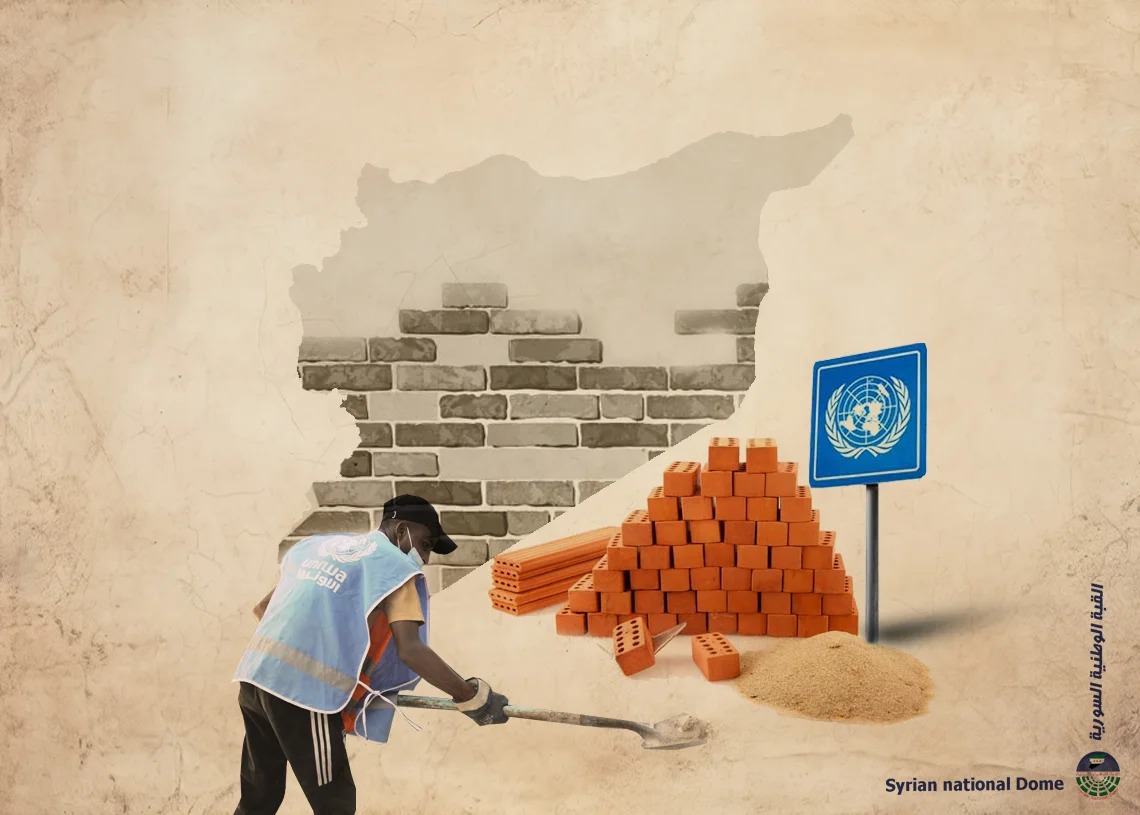The United Nations’ early recovery project for Syria has become a focal point of contention among international stakeholders in the Syrian conflict. Each views the project through the lens of their interests, potentially conflicting with the project’s intended impact on the Syrian situation. This misalignment of interests could lead to opposition from certain international actors, as the project may diminish their role or elevate another’s, prompting obstructionist actions.
Early recovery, a concept established by UN Member States in 2004, focuses on short-term measures crucial for laying the groundwork for sustainable peace in post-conflict scenarios. These measures aim to support the reestablishment of normalcy in affected communities by aiding the recovery of government institutions.
The dynamics surrounding the passing of resolutions highlight Russia’s stance, where it may not oppose UN Security Council vetoes permitting aid delivery via Turkey to areas controlled by armed groups in Syria. This non-opposition could be contingent on donor countries supporting early recovery efforts, facilitating a transition from emergency relief to reconstruction. The UN’s proposal to create an early recovery fund in Damascus, funded by Arab Gulf states, suggests a shift away from UN offices outside Syrian state control, contingent on coordination with the Syrian government.
A pivotal initial step for early recovery involves easing Western sanctions to enable financing of recovery projects, thereby bolstering the Syrian economy across agriculture, industry, infrastructure, healthcare, and education.
Recent diplomatic activities hint at potential shifts, such as a European security official’s visit to Damascus indicating readiness among some European nations to restore diplomatic ties. Similarly, the meeting between President Bashar al-Assad and Saudi Crown Prince Mohammed bin Salman at the Arab summit in Manama suggests burgeoning understandings between Syria and Saudi Arabia, evident in Riyadh’s subsequent ambassadorial appointment to Damascus.
These developments underscore the complex web of interests shaping the Syrian crisis resolution, including alliances and contradictions among Syria’s allies and adversaries. Damascus adeptly navigates these dynamics, leveraging them to pursue its core objectives: the unity, sovereignty, and independence of Syria, along with its reconstruction and development—a vision shared by the Syrian people for the near future.
This article was translated and edited by The Syrian Observer. The Syrian Observer has not verified the content of this story. Responsibility for the information and views set out in this article lies entirely with the author.


